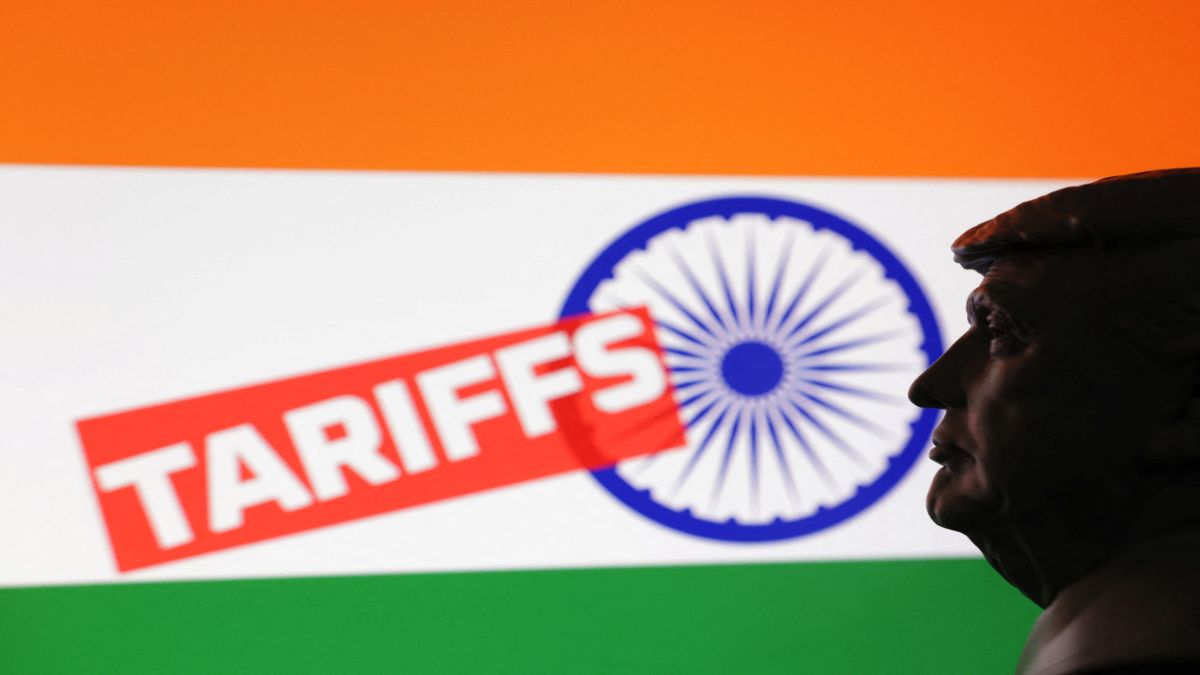Last Updated:
A senior bureaucrat, who did not wish to be named, however, told News18 that the Nepal protesters are now divided in terms of opinion

People displaying Nepal’s national flag burn tyres during a demonstration to condemn the police’s deadly crackdown on protesters in Kathmandu on September 9. (Image/AFP)
The parliament is burnt. The Supreme Court torched. The President’s residence attacked and set on fire. Even former Prime Minister KP Sharma Oli’s home was set ablaze. Kathmandu is in revolt, and the demands from the streets include an interim government. This is not about patchwork reforms. Protesters, driven largely by Gen Z anger, say that the entire political order has collapsed.
Recommended Stories
A source in the government in Kathmandu said that a section among the protesters now wants a civilian-led collective or a former chief justice-led interim government to steer the country, stating that Oli’s government has lost credibility. To geopolitical experts in Nepal, this has the unmistakable echo of the Bangladesh model, where street fury brought down a civilian regime and forced a judiciary-military transition in less than a week.
The establishment is, however, split. While one section sees an interim arrangement as unavoidable, the ruling camp insists on a structured dialogue with protesters, warning that yielding to raw street power would legitimise mob politics. But the protesters are unmoved.
Speaking with News 18, a senior bureaucrat, who did not wish to be named, said, “The protesters are now divided in terms of opinion. A section of them demanded an interim government, which would have civilians, Gen Z members, leaders or representatives from all political parties, which might be led by a former chief justice or former army chief. They want the interim government to hold elections in six months. This now looks like a Bangladesh model to us.”
But there are other opinions too, he added. “As the violence crept in, the movement turned leaderless. A team of senior representatives from the army, the government, the civil society, and some political parties are trying to initiate a dialogue with the protesters,” the official said.
The Nepal army has been consulted but remains cautious. The army has already announced that it would take control. The idea of a former chief justice heading the interim government has gained traction, offering a semblance of neutrality in a political landscape where everyone else looks compromised, another senior officer said.
News18 spoke with the Prime Minister’s former media adviser. “There should be scope to initiate a dialogue between the team of representatives of the government, army, civil society members, and the protesters. Whoever controls the interim arrangement will decide Nepal’s trajectory,” said Gopal Khanal, a senior geopolitical commentator and former media adviser of ex-PM Oli.
For the protesters, the interim government is not a stopgap but the first step towards a new political contract. The stakes are, however, geopolitical. India, recalibrating after Sheikh Hasina’s fall, is now wary of another unstable neighbour.
Meanwhile, what seems clear is that the flames in Kathmandu have already delivered a verdict. The old order is finished. The demand for an interim government is no longer a slogan; it now seems to be the only roadmap the streets will accept.
About the Author

Madhuparna Das, Associate Editor (policy) at CNN News 18, has been in journalism for nearly 14 years. She has extensively been covering politics, policy, crime and internal security issues. She has covered Naxa…Read More
Madhuparna Das, Associate Editor (policy) at CNN News 18, has been in journalism for nearly 14 years. She has extensively been covering politics, policy, crime and internal security issues. She has covered Naxa… Read More
September 10, 2025, 07:30 IST
Loading comments…
Read More



)
